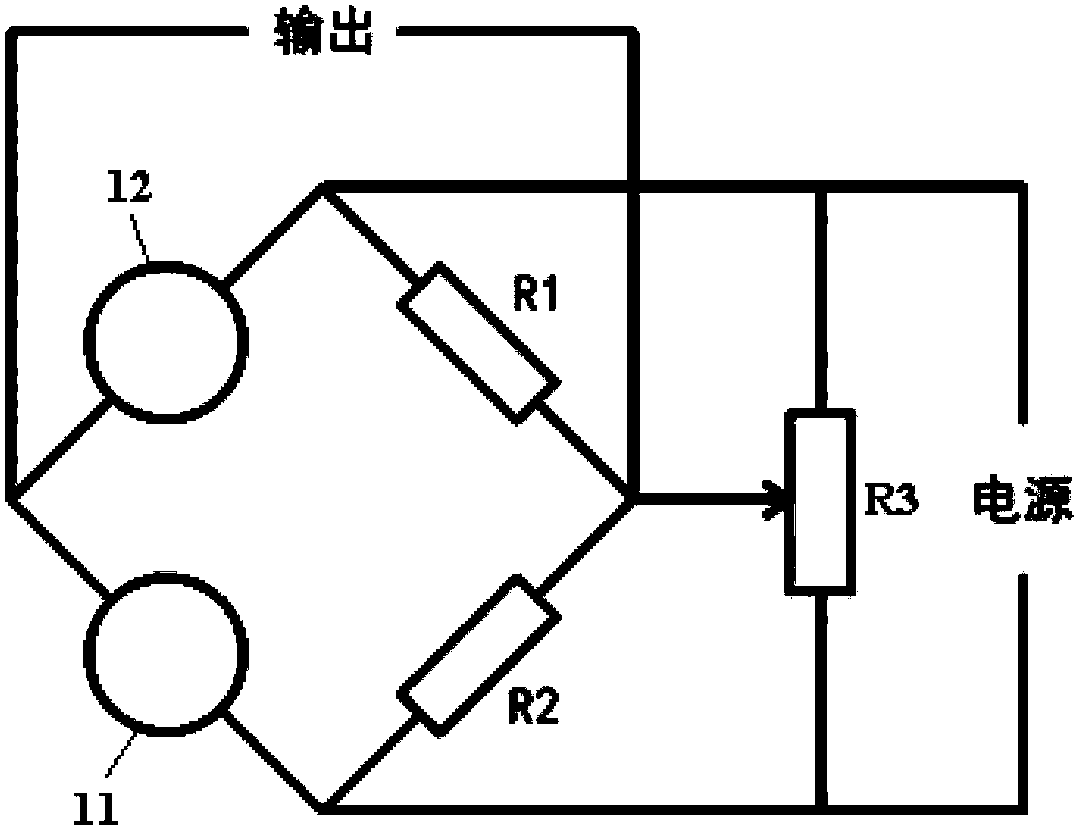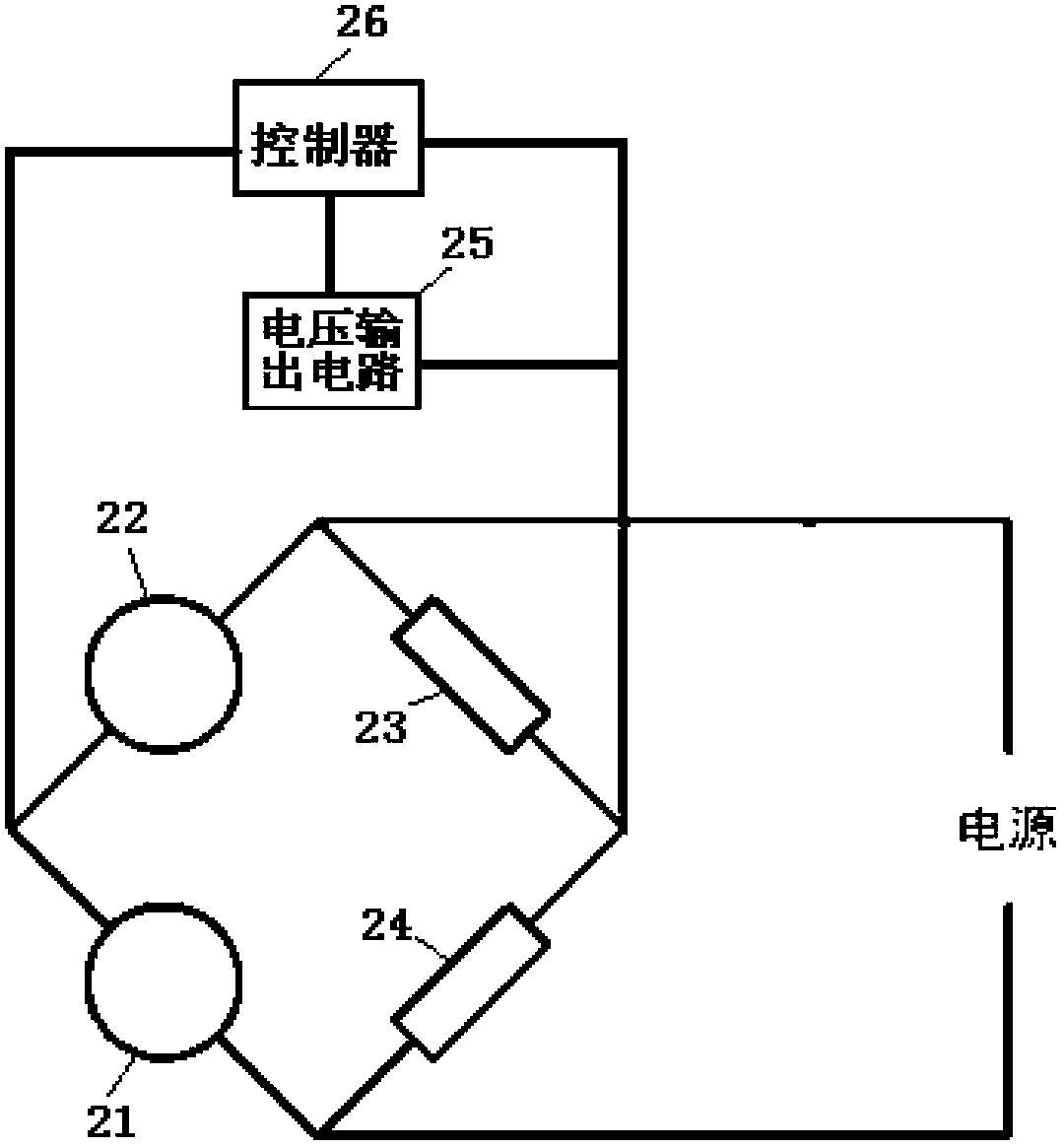Circuit and method for automatic zero calibration for sensor
A zero-point calibration and sensor technology, used in instruments, scientific instruments, material analysis by electromagnetic means, etc., can solve the problems of incapable sensor zero-point calibration, sensor function failure, danger, etc., and achieve the real-time effect of zero-point calibration
- Summary
- Abstract
- Description
- Claims
- Application Information
AI Technical Summary
Problems solved by technology
Method used
Image
Examples
Embodiment Construction
[0033] The following will clearly and completely describe the technical solutions in the embodiments of the present invention with reference to the accompanying drawings in the embodiments of the present invention. Obviously, the described embodiments are only part of the embodiments of the present invention, not all of them. Based on the embodiments of the present invention, all other embodiments obtained by persons of ordinary skill in the art without creative efforts fall within the protection scope of the present invention.
[0034] The embodiment of the invention discloses a circuit and method for automatic zero point calibration of a sensor, so as to automatically calibrate the zero point of the sensor, and further realize accurate gas concentration detection by the sensor.
[0035] Such as figure 2 As shown, a circuit for automatic zero point calibration of sensors disclosed in the embodiment includes: a detector 21, a compensator 22, a first resistor 23, a second resi...
PUM
 Login to View More
Login to View More Abstract
Description
Claims
Application Information
 Login to View More
Login to View More - R&D
- Intellectual Property
- Life Sciences
- Materials
- Tech Scout
- Unparalleled Data Quality
- Higher Quality Content
- 60% Fewer Hallucinations
Browse by: Latest US Patents, China's latest patents, Technical Efficacy Thesaurus, Application Domain, Technology Topic, Popular Technical Reports.
© 2025 PatSnap. All rights reserved.Legal|Privacy policy|Modern Slavery Act Transparency Statement|Sitemap|About US| Contact US: help@patsnap.com



